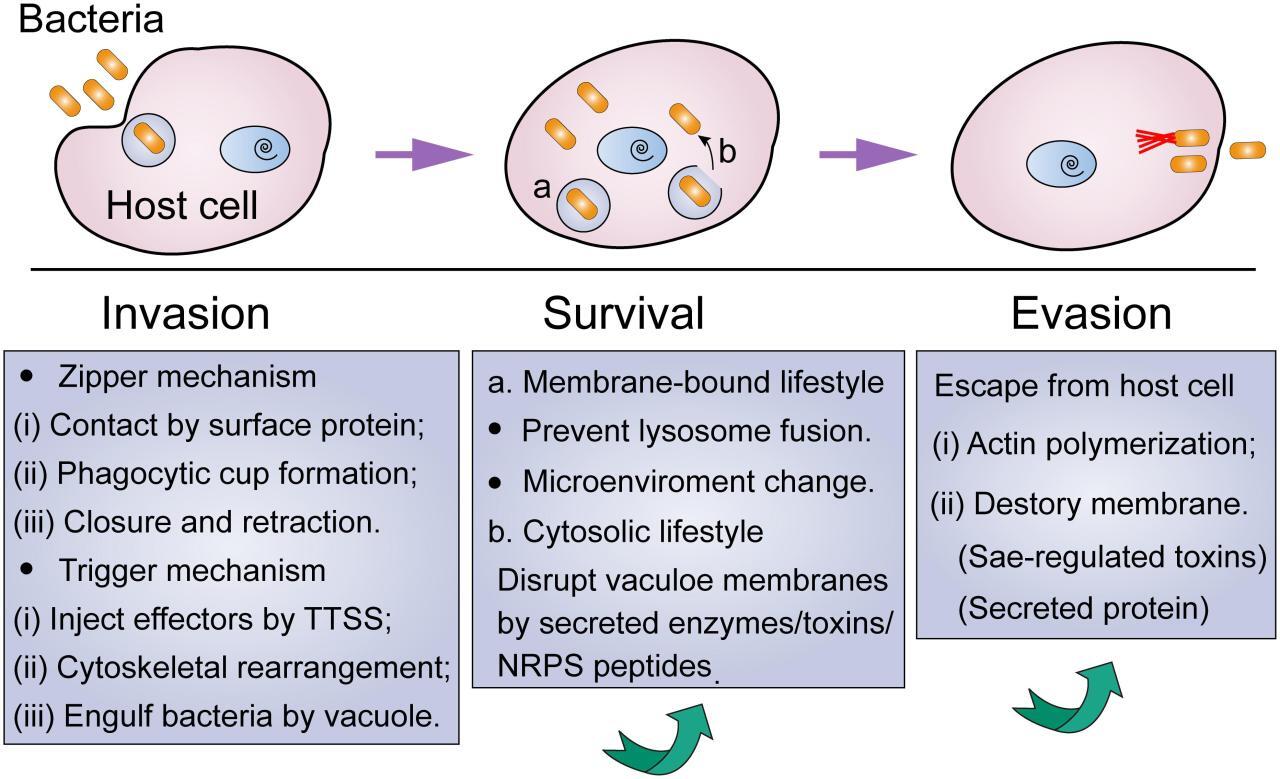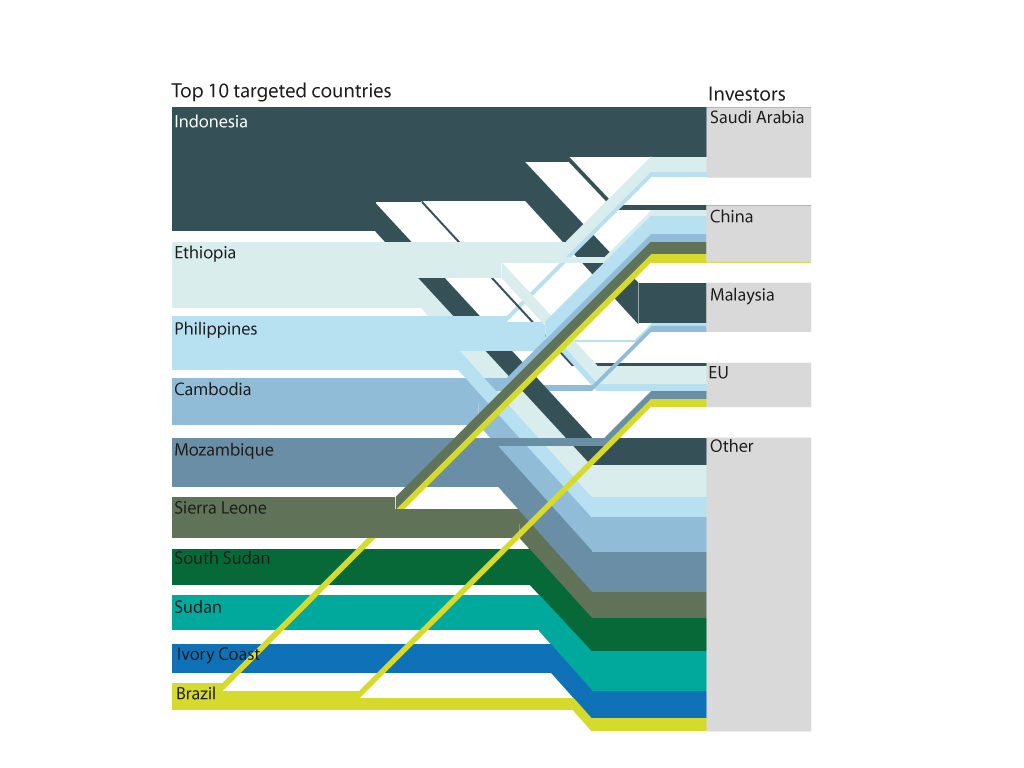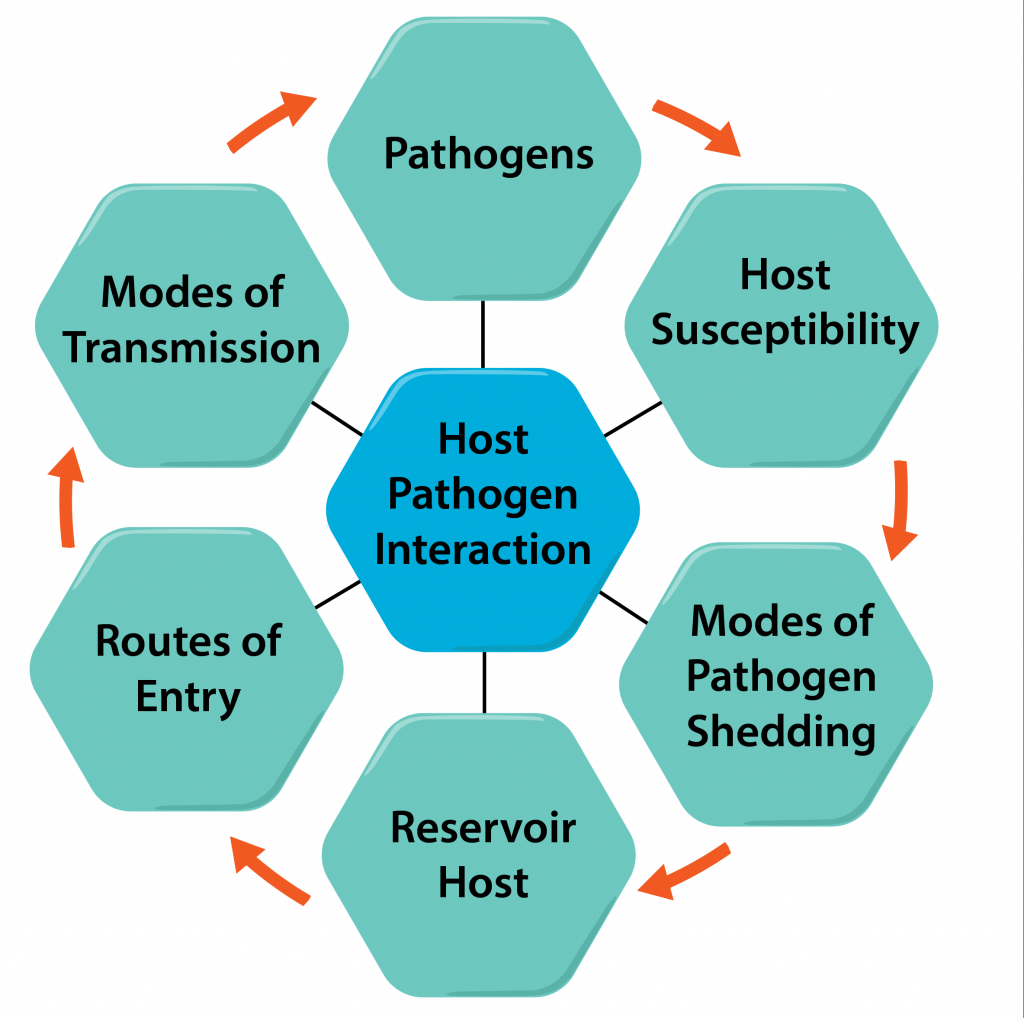Webinars are increasingly important for businesses and organizations seeking to connect with their audiences. This guide provides a comprehensive framework for planning, executing, and promoting engaging and professional webinars. From meticulous preparation to post-webinar follow-up, we’ll cover every crucial aspect, ensuring a successful and impactful online event.
This guide will delve into the key stages of webinar creation, offering actionable strategies and practical examples. We will explore essential aspects like content creation, technological considerations, audience engagement, and effective promotion. By the end, you will have a clear roadmap for hosting a professional and engaging webinar.
Planning & Preparation

A well-structured webinar hinges on meticulous planning and preparation. Effective planning ensures a smooth execution, engaging presentation, and ultimately, a successful learning experience for the participants. This section Artikels the critical steps in the pre-webinar phase, from topic selection to post-webinar follow-up.Careful planning not only streamlines the webinar process but also guarantees a positive experience for everyone involved.
A well-defined timeline and clear responsibilities are essential for effective management. This proactive approach prevents potential bottlenecks and ensures a timely completion of each stage.
Webinar Preparation Timeline and Responsibilities
A comprehensive timeline is crucial for maintaining a structured approach to webinar preparation. A well-defined timeline ensures that all tasks are completed on schedule, preventing potential delays and enabling a smooth workflow. Responsibilities should be clearly assigned to individuals or teams, fostering accountability and ensuring that tasks are completed efficiently.
- Weeks 8-6 before webinar: Topic selection, target audience identification, and learning objective definition. This period allows for in-depth research and careful consideration of audience needs.
- Weeks 5-4 before webinar: Agenda development, resource gathering, and speaker/facilitator confirmation. This phase ensures a cohesive structure and prepares the materials for the webinar.
- Weeks 3-2 before webinar: Design and creation of promotional materials, including registration page setup, email marketing campaigns, and social media promotion. This active outreach ensures participant engagement.
- Weeks 1-0 before webinar: Technical rehearsals, participant communication (final reminders), and any last-minute adjustments. This period is for finalizing technical aspects and ensuring participants are fully prepared.
Pre-Webinar Checklist
A detailed checklist ensures that no essential step is overlooked. This methodical approach streamlines the process, fostering efficiency and ensuring a seamless webinar experience.
- Topic Selection: Identify a topic that aligns with audience interests and industry trends. Consider trending subjects, emerging technologies, or unsolved problems within the relevant domain. Examples include “AI in Healthcare” or “Sustainable Business Practices”.
- Learning Objectives: Define specific and measurable learning objectives. Translate these objectives into actionable outcomes, such as “participants will be able to describe three different AI applications in healthcare”.
- Target Audience: Identify the ideal participant profile and tailor content accordingly. Understanding the audience’s background, experience level, and needs is crucial.
- Agenda Development: Structure the webinar with a clear and logical flow, incorporating interactive elements. A strong agenda will ensure engagement and a productive experience.
- Resource Gathering: Compile all necessary materials, including presentation slides, supporting documents, and any interactive tools. Ensure all resources are easily accessible to the presenters and participants.
- Speaker/Facilitator Confirmation: Confirm with all speakers/facilitators their availability and their roles in the webinar. This confirmation ensures a smooth execution of the webinar.
- Promotional Materials: Design and create promotional materials, including registration pages, emails, and social media posts. These materials should be tailored to the target audience and highlight the webinar’s value proposition.
- Registration Setup: Set up the registration platform, ensuring the registration process is user-friendly and efficient. Ensure the platform can handle anticipated registrations and collect necessary information.
- Technical Rehearsal: Conduct thorough technical rehearsals to identify and resolve any potential issues. Ensure all audio-visual equipment is functioning correctly and the platform is stable.
- Participant Communication: Communicate with participants about the webinar, including reminders and any necessary updates. This communication ensures participants are informed and prepared.
Compelling Webinar Topic Selection
Choosing a topic that resonates with the target audience is essential. A topic relevant to current trends and industry needs increases engagement and generates valuable insights.
- Audience Interests: Identify the topics that are of interest to the target audience. Utilize surveys, polls, and feedback mechanisms to gain valuable insights into audience preferences.
- Industry Trends: Research current industry trends and identify areas of growth or emerging issues. Identify potential gaps in knowledge or information that the webinar can address.
- Value Proposition: Articulate the unique value proposition of the webinar. What specific knowledge, skills, or insights will participants gain? This clear articulation will attract the target audience.
Defining Clear Learning Objectives
Clear learning objectives are the cornerstone of a successful webinar. They guide the content development and ensure that the webinar delivers on its promises.
- Specific and Measurable: Learning objectives should be specific, outlining precisely what participants will learn. Measurable objectives define how participants’ knowledge will be assessed (e.g., “Participants will be able to define three key metrics for measuring the success of a social media campaign”).
- Actionable Outcomes: Learning objectives should translate into actionable outcomes that participants can apply after the webinar. Examples include “participants will be able to use a specific software tool to perform a task”.
Creating a Strong Webinar Agenda
A well-structured agenda is essential for maintaining engagement and a logical flow of information. A clear structure ensures that the webinar stays on track and delivers on its objectives.
- Logical Flow: Ensure a logical flow of information. Start with an introduction, move to the core topics, and conclude with a summary and Q&A session. This structured approach ensures the presentation is easy to follow and retains the audience’s interest.
- Engaging Content: Incorporate interactive elements, such as polls, Q&A sessions, and discussions, to maintain audience engagement. These interactive elements foster participation and create a dynamic learning environment.
Content Creation & Delivery

Crafting an engaging and professional webinar requires meticulous attention to content creation and delivery. A well-structured presentation, compelling visuals, and interactive elements are crucial for maintaining audience interest and fostering a productive learning experience. This section will explore methods for creating engaging presentation materials, interactive activities, and effective presentation structures. It also highlights strategies for tailoring the delivery style to the chosen topic and target audience.Effective webinar content hinges on a thoughtful approach to presentation structure and delivery.
By incorporating interactive elements and employing various presentation methods, webinar hosts can cultivate a dynamic and engaging experience for participants. Tailoring the delivery style to the topic and target audience is key to maximizing the webinar’s impact and achieving its intended learning objectives.
Crafting Engaging Presentation Materials
A compelling presentation starts with well-designed visuals. Using clear and concise language, supported by relevant visuals, can significantly enhance audience comprehension and engagement. Images, charts, and graphs should be high-quality, easily understandable, and directly support the points being made. The presentation should incorporate visuals that are relevant, aesthetically pleasing, and contribute to the overall message. Interactive elements, such as polls, quizzes, or Q&A segments, should be strategically placed to keep participants engaged and actively involved.
Interactive Activities to Maintain Engagement
Interactive activities are crucial for keeping webinar participants engaged and fostering a sense of participation. Polls and quizzes can assess understanding and encourage audience interaction. Breakout rooms allow for smaller group discussions, enabling deeper engagement and knowledge sharing. Live Q&A sessions, integrated into the presentation, provide immediate feedback and address participant concerns.
Structuring a Presentation for Effective Communication
A well-structured presentation is essential for delivering information effectively and maintaining audience interest. A clear introduction, outlining the webinar’s objectives, and a concise summary at the end, restating key takeaways, help participants retain information more effectively. Structuring the content logically, using clear headings and subheadings, and organizing information into digestible chunks, aids in comprehension and retention. Transitioning between different sections of the presentation with smooth transitions and clear signposting helps maintain the flow of the presentation.
Tailoring Delivery Style to Topic and Audience
The delivery style should be tailored to the chosen topic and the target audience. For technical topics, a more formal and structured approach might be appropriate. For engaging discussions, a more conversational tone can foster a more interactive and engaging experience. The choice of language, the pace of delivery, and the use of examples and real-life scenarios should be adapted to suit the specific needs of the target audience.
Comparing Presentation Methods
Different methods can be used to present information effectively. Live demos showcase the practical application of concepts, enhancing understanding and engagement. Case studies provide real-world examples, demonstrating how concepts apply in practice. Expert interviews bring in diverse perspectives, enriching the discussion and adding credibility to the webinar. The choice of presentation method should align with the content and objectives of the webinar.
Creating Compelling Visuals
Visuals should be meticulously crafted for clarity and impact. Using high-quality images, charts, and graphs is essential for visually appealing and informative presentations. Ensuring visual elements are easy to read and understand, without overwhelming the audience, is crucial. The color scheme should be chosen to enhance readability and create a professional look. Using a consistent visual style throughout the presentation maintains coherence and reinforces the presentation’s message.
Incorporating Q&A Sessions
Q&A sessions should be strategically integrated into the webinar structure. Scheduling dedicated Q&A slots, either at the beginning or end, allows participants to ask questions and receive immediate clarification. This fosters a sense of interaction and ensures all questions are addressed effectively. Encouraging questions throughout the presentation, via a chat function or a dedicated Q&A box, enables real-time interaction and enhances engagement.
Technology & Tools
A successful webinar hinges on robust technology and meticulous planning. Choosing the right tools and ensuring a smooth technical execution are critical to engaging participants and achieving your objectives. This section will delve into the essential tools, troubleshooting strategies, and pre-webinar preparation steps that guarantee a positive webinar experience for everyone.Selecting appropriate webinar platforms, video conferencing software, and presentation tools is crucial.
Thorough testing and meticulous preparation will mitigate potential issues and maximize engagement.
Essential Webinar Platforms
Choosing the right webinar platform is paramount for a successful event. Key considerations include user-friendliness, features, and pricing. Different platforms cater to varying needs and budgets, from basic presentations to complex interactive sessions.
- User-friendly interfaces facilitate seamless navigation for both presenters and attendees.
- Features such as polling, Q&A sessions, and breakout rooms enhance interaction.
- Scalability is vital, ensuring the platform can accommodate anticipated attendee numbers without performance issues.
- Pricing models should align with the budget and the expected usage.
Troubleshooting Strategies
Anticipating and addressing potential technical issues is critical for a smooth webinar. By proactively planning for possible problems, you can maintain engagement and keep the event on track.
- Establish a dedicated technical support team or point person to address attendee issues promptly.
- Conduct thorough technical rehearsals to identify and resolve any glitches before the actual event.
- Have a backup plan in case of unexpected platform failures.
- Ensure reliable internet connectivity for both presenters and attendees.
Pre-Webinar Setup and Testing
Comprehensive testing is essential for a successful webinar. Pre-webinar setup and testing mitigate unforeseen issues and ensures a positive experience for all participants.
- Test the webinar platform’s functionalities, including audio and video, to ensure optimal performance.
- Run a full practice session to check all the features, including breakout rooms, Q&A, and polling.
- Familiarize yourself with the platform’s navigation to avoid any time-consuming searches during the webinar.
- Establish a reliable internet connection and test your internet speed to avoid buffering or delays.
Utilizing Breakout Rooms
Breakout rooms are a valuable tool for facilitating small group discussions and fostering interaction. Implementing these effectively will enrich the webinar experience.
- Assign participants to breakout rooms based on specific objectives or discussion topics.
- Provide clear instructions and guidelines for participants to engage effectively in small group discussions.
- Monitor the breakout rooms to ensure discussions remain on track and facilitate interaction.
- Schedule a designated time for participants to rejoin the main session for shared updates or reflections.
Webinar Recording and Archiving
Recording and archiving webinars allows for future reference and accessibility. This enhances engagement by providing a resource for those who were unable to attend or for reviewing specific segments.
- Employ a reliable recording tool to capture the entire webinar session.
- Provide clear instructions for accessing the recording to ensure ease of use for attendees.
- Store the recording securely and organize it for future retrieval.
- Use metadata and tags to help organize and search for specific information in the recordings.
Comparative Analysis of Webinar Platforms
This table provides a comparison of popular webinar platforms based on their features and pricing.
| Platform | Key Features | Pricing |
|---|---|---|
| Zoom | Video conferencing, screen sharing, breakout rooms, recording | Free and paid options |
| GoToWebinar | Interactive features, customizable branding, marketing tools | Paid options |
| WebinarJam | Affordable pricing, easy setup, interactive tools | Paid options |
| Microsoft Teams | Integrated communication platform, recording and sharing | Free and paid options |
Presentation Software Features
This table Artikels the key features of popular presentation software.
| Software | Key Features |
|---|---|
| Microsoft PowerPoint | Slides, animations, transitions, multimedia integration |
| Google Slides | Collaboration, cloud storage, real-time editing |
| Prezi | Non-linear presentations, dynamic layouts, interactive elements |
| Keynote | Mac-specific software, intuitive interface, animation and transitions |
Marketing & Promotion

Effective marketing and promotion are crucial for maximizing webinar attendance and achieving desired outcomes. A well-planned strategy ensures that the targeted audience is aware of the webinar’s value proposition and encourages registration. This section details strategies for reaching the target audience, generating leads, and ultimately driving webinar success.A comprehensive marketing plan involves a multifaceted approach, leveraging various channels to create awareness and generate interest.
This includes targeted social media campaigns, engaging email marketing, and exploring complementary marketing avenues. Each element contributes to a unified strategy that effectively positions the webinar and fosters anticipation among the intended audience.
Strategies for Promoting the Webinar
A successful webinar promotion strategy hinges on reaching the right audience through relevant channels. This includes utilizing social media platforms to amplify the message and engage potential attendees. Email marketing serves as a direct communication channel, nurturing leads and fostering engagement.
Social Media Promotion Plan
A well-structured social media campaign for webinar promotion requires a detailed plan, including specific posts and scheduling. Consistent posting across chosen platforms helps maintain audience engagement and builds anticipation. Consider creating a content calendar to schedule posts for optimal reach and visibility.
- Platform Selection: Identify the social media platforms where the target audience is most active. For example, LinkedIn might be ideal for professional webinars, while Instagram or TikTok might be suitable for reaching a younger audience.
- Content Calendar: Develop a content calendar outlining the type of posts, their frequency, and the specific days and times for posting. This calendar should be designed to build excitement and maintain engagement.
- Sample Posts: Create compelling posts that highlight the webinar’s value proposition. Examples include:
- A visually engaging graphic featuring the webinar date, time, topic, and speaker.
- A short video introducing the speaker and providing a sneak peek into the webinar content.
- An infographic summarizing key takeaways or benefits of attending the webinar.
- Engagement Strategies: Encourage interaction by asking questions, running polls, and sharing relevant industry updates. This creates a sense of community and increases engagement.
Email Marketing Templates
Effective email marketing is vital for nurturing leads and driving registrations. Templates should be designed to be concise, informative, and engaging. These should highlight the value proposition and include clear call-to-actions.
| Template Type | Subject Line | Body Snippet |
|---|---|---|
| Initial Announcement | Webinar Invitation: [Webinar Topic] | Briefly describe the webinar topic, speaker, and key takeaways. Include a compelling call to action, such as “Register Now.” |
| Follow-up Email | Don’t Miss Out! [Webinar Topic] | Reiterate the webinar’s value and benefits. Remind attendees of the date and time, and include a link to the registration page. |
| Confirmation Email | You’re Registered! [Webinar Topic] | Confirm the registration and provide essential information like webinar details, joining instructions, and speaker bios. |
Marketing Channels
Various marketing channels can be utilized to reach the target audience. These include paid advertising on platforms like LinkedIn and Google Ads, collaborations with relevant industry influencers, and partnerships with complementary organizations.
- Paid Advertising: Utilize targeted advertising campaigns on platforms like LinkedIn and Google Ads to reach a wider audience based on specific demographics, interests, and job titles.
- Influencer Marketing: Collaborate with relevant industry influencers to promote the webinar to their followers, leveraging their credibility and reach to increase awareness.
- Partnerships: Partner with complementary organizations or businesses to cross-promote the webinar and expand reach to a new set of potential attendees.
Lead Generation and Registration Strategies
Effective strategies are crucial for generating leads and driving registrations. This involves optimizing the registration process and providing clear incentives. Highlighting the webinar’s value proposition, including the speaker, topic, and expected benefits, encourages registrations.
- Clear Value Proposition: Clearly articulate the value proposition of the webinar. What specific benefits will attendees gain from attending? What will they learn? What problems will they solve?
- Incentivize Registration: Offering incentives like early bird discounts, exclusive resources, or giveaways can encourage attendees to register in advance.
- Streamlined Registration Process: A simple and straightforward registration process will reduce friction and increase registrations.
Participant Engagement & Interaction

Enhancing participant engagement is crucial for a successful webinar. Active participation fosters a more interactive and valuable experience for attendees, leading to increased knowledge retention and a stronger sense of community. Strategies for encouraging interaction and effective Q&A management are vital components of a well-executed webinar.
Strategies for Encouraging Active Participation
Effective webinar participation hinges on encouraging attendees to actively engage with the content. This can be achieved through thoughtful interaction prompts and a variety of interactive elements. Encouraging active participation cultivates a dynamic and collaborative learning environment, making the webinar more engaging for everyone.
- Pose thought-provoking questions: Instead of simply presenting information, pose questions that encourage attendees to reflect and contribute their insights. These can be open-ended questions that stimulate discussion and debate. For example, “What are your biggest challenges in implementing X?” or “How does this solution compare to your current practices?”
- Utilize polls and quizzes: Polls and quizzes can effectively gauge attendee understanding and keep them engaged throughout the presentation. They can also be a fun way to assess audience knowledge and provide immediate feedback.
- Encourage live chat interaction: Allowing attendees to use the live chat function for questions, comments, and discussions fosters a sense of community and encourages real-time interaction.
- Breakout rooms for smaller discussions: If appropriate, consider breaking attendees into smaller groups in breakout rooms to allow for more in-depth discussions and interactions on specific topics. This can be particularly beneficial for complex or controversial issues.
Interactive Elements to Enhance Audience Engagement
A variety of interactive elements can transform a webinar from a passive presentation into a dynamic learning experience. These tools actively involve the audience, increasing engagement and knowledge retention.
- Live polls: Polls can gauge audience understanding of concepts, opinions on various topics, and preferences for certain solutions. Real-time data is displayed, providing a visual representation of the audience’s collective input.
- Quizzes: Short quizzes can test understanding and reinforce key takeaways. Immediate feedback on answers can help attendees identify areas needing further clarification.
- Q&A sessions: Dedicated Q&A sessions provide a forum for attendees to ask questions and clarify ambiguities. Effective moderation ensures all questions are addressed in a timely and professional manner.
- Interactive presentations: Tools like interactive slides, quizzes, or polls can be integrated into the presentation itself, making it more dynamic and engaging.
Facilitating Q&A Sessions
Effective Q&A sessions are critical to addressing attendee concerns and clarifying ambiguities. Proper planning and execution can transform a Q&A from a potentially disruptive element into a valuable opportunity for engagement.
- Establish clear Q&A protocols: Clearly communicate to attendees how and when to submit questions, ensuring all questions are addressed. Encourage participants to submit questions via a dedicated chat channel or an interactive platform feature, rather than interrupting the presentation.
- Prioritize questions strategically: Categorize and prioritize questions to address the most important or frequently asked ones first. This ensures that crucial points are clarified and the webinar stays on track.
- Provide thorough and concise answers: Address questions directly and comprehensively. If a question is complex, explain the answer with examples, and if necessary, refer to resources or documentation for further information.
Building a Sense of Community
Creating a sense of community among webinar participants fosters a positive and supportive environment. Attendees are more likely to engage actively and learn effectively in an environment that feels welcoming and inclusive.
- Welcome attendees with an introduction: The presenter can warmly welcome each participant and introduce the overall webinar format and interactive elements.
- Encourage attendees to introduce themselves: This fosters a sense of community and allows participants to connect with others.
- Encourage networking: Provide opportunities for attendees to network with each other, either through breakout rooms, a dedicated chat channel, or a virtual networking space.
Using Polls and Quizzes for Engagement
Strategic use of polls and quizzes can effectively gauge understanding and keep attendees engaged throughout the webinar. These interactive elements provide real-time feedback and reinforce key concepts.
- Use polls to gauge understanding: Polls can quickly assess attendees’ understanding of specific concepts. Use polls to gauge the level of understanding or get a snapshot of different opinions.
- Integrate quizzes to reinforce key takeaways: Short quizzes reinforce key information and help attendees test their comprehension.
- Employ quizzes for interactive learning: Quizzes can be a fun way to actively involve participants, and they can enhance knowledge retention.
Best Practices for Responding to Participant Questions
Efficient and effective responses to participant questions are crucial for a positive webinar experience. A well-structured approach ensures questions are addressed thoroughly and promptly.
| Best Practice | Description |
|---|---|
| Prompt Response | Address questions as quickly as possible, ideally within a few minutes of being posted. |
| Clear and Concise Answers | Provide clear, concise, and comprehensive answers to questions. Use examples and illustrations where possible. |
| Professional Tone | Maintain a professional and respectful tone in all responses. |
| Follow-up Questions | If needed, ask follow-up questions to clarify points or obtain additional information. |
| Acknowledging Questions | Acknowledge all questions, even if they are not answered immediately. |
Post-Webinar Follow-up
A crucial aspect of any successful webinar is the follow-up process. Effective follow-up strengthens the connection with attendees, reinforces key takeaways, and facilitates ongoing engagement. This section details strategies for maximizing the impact of your webinar beyond the live event.Post-webinar follow-up is vital for several reasons. It demonstrates appreciation for participants’ time and interest, allowing them to access valuable resources and insights further.
It also helps you to nurture relationships, measure the success of the webinar, and gain feedback that can improve future events.
Importance of Follow-up Materials and Resources
Providing follow-up materials, such as slides, recordings, and supplementary documents, is crucial. These resources allow participants to revisit key concepts and gain a deeper understanding of the topics covered. They also serve as a valuable reference point for future use. Well-structured materials enhance the lasting impact of the webinar and ensure that participants can access information at their own convenience.
Strategies for Collecting Feedback
Collecting feedback from participants is essential for continuous improvement. Gathering feedback allows you to assess the effectiveness of your webinar and identify areas for enhancement in future events. Using a variety of feedback mechanisms, such as surveys, polls, and email feedback forms, provides comprehensive data. This data informs improvements in content, delivery, and overall webinar experience.
Examples of Post-Webinar Follow-up Communications
Various forms of communication are useful for effective post-webinar follow-up. A simple “thank you” message expressing appreciation for their participation can reinforce a positive experience. This can be accompanied by a summary of key takeaways, reiterating the essential information from the webinar. A personalized email with a link to the recording and slides is also a valuable way to thank participants.
These communications provide a seamless transition from the live event to continued learning.
Sharing Recordings and Slides
Ensuring timely and efficient access to recordings and slides is critical. Use a reliable platform to host recordings, such as YouTube or Vimeo, and send a clear and concise email with download links or access codes. This will help maintain a professional image and allow easy access for all registered participants. Clearly labeled files and folders further enhance the user experience.
Measuring the Impact and Success of the Webinar
Measuring the impact and success of the webinar involves evaluating various metrics. Analyzing the number of participants who accessed the recording and downloaded materials provides insight into engagement levels. Reviewing feedback responses allows for an assessment of satisfaction levels and areas for improvement. Tracking the number of leads generated or sales made after the webinar provides a tangible measure of its effectiveness.
Creating a Professional Atmosphere
A professional webinar atmosphere fosters engagement and respect, encouraging active participation and maximizing learning. Creating a polished presentation contributes significantly to this environment. Presenters should carefully consider all aspects of the presentation, from their appearance to their communication style.Maintaining a professional demeanor throughout the webinar is crucial for credibility and audience engagement. Participants are more likely to value the information presented when they perceive the presenter as knowledgeable, respectful, and prepared.
This extends beyond just the presentation; a well-managed Q&A session and prompt follow-up contribute to the overall professionalism of the event.
Professional Attire Guidelines
A professional appearance enhances the credibility of the presenter and creates a positive impression on the audience. The attire should be appropriate for the webinar’s subject matter and target audience. Business casual or business formal attire are suitable choices. For example, a presentation on finance might call for business formal attire, whereas a webinar on creative writing might allow for business casual attire.
Presenters should avoid overly casual clothing like t-shirts or pajamas. If the webinar is highly interactive, a slightly more casual style might be acceptable, but it’s crucial to maintain a level of professionalism.
Maintaining Professional Communication
Clear, concise, and respectful communication is paramount. Presenters should avoid slang, jargon, or overly informal language. Active listening is also important. Paying attention to participants’ questions and comments, and responding thoughtfully, creates a welcoming and engaging atmosphere. Avoid distractions like noisy environments or personal interruptions during the webinar.
Managing Participant Behavior
Effective management of participant behavior is essential for maintaining a professional atmosphere. Establish clear ground rules at the beginning of the webinar, outlining expectations for participant conduct. These guidelines should emphasize respectful communication and avoid disruptive behaviors. Moderators should actively monitor the chat and Q&A features, addressing any inappropriate comments promptly and politely. If necessary, they should remove disruptive participants.
Encouraging constructive dialogue and interaction while discouraging disruptive behavior is key.
Webinar Etiquette
| Dos | Don’ts |
|---|---|
| Mute your microphone when not speaking. | Use offensive language or make personal attacks. |
| Turn off your camera if not required to present or interact. | Distract other participants with personal conversations or activities. |
| Raise your hand in the Q&A section to ask questions. | Share irrelevant or off-topic information in the chat. |
| Respect the time of other participants and presenters. | Interrupt the presenter or other participants during presentations or discussions. |
| Be mindful of your background. | Engage in inappropriate or offensive behavior in the chat or Q&A. |
| Listen actively to the presenter and other participants. | Make excessive use of emojis or other non-verbal cues that might distract others. |
Ideal Webinar Setting
An ideal webinar setting is a quiet, well-lit area free from distractions. A dedicated workspace, preferably with a good quality webcam and microphone, is essential. The background should be professional and uncluttered. A clean, neutral background helps the presenter focus and reduces visual distractions for the audience. A quiet and distraction-free environment is key.
Lighting should be sufficient to illuminate the presenter’s face without harsh shadows. A comfortable chair and appropriate lighting are critical to create a relaxed and professional environment for the presenter. A well-organized workspace contributes to a professional impression.
Summary

In conclusion, hosting a successful webinar requires careful planning, engaging content, and a proactive approach to audience interaction. By following the steps Artikeld in this guide, you can transform your webinar from a simple online presentation into a dynamic and impactful experience that fosters learning, collaboration, and a lasting impression on your participants. We hope this comprehensive guide equips you with the tools to achieve this success.